Wingspan 12 m | Length 7.44 m | |
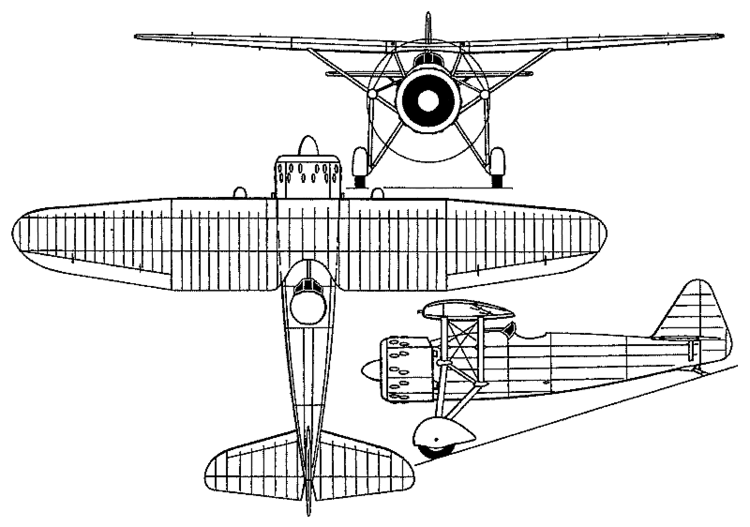 | ||
Airplane ww2 france dewoitine d 371 image hd ww2 francia aeroplano dewoitine d 371 imagen hd
The Dewoitine 371 was a 1930s French-built monoplane fighter aircraft.
Contents
Design and development
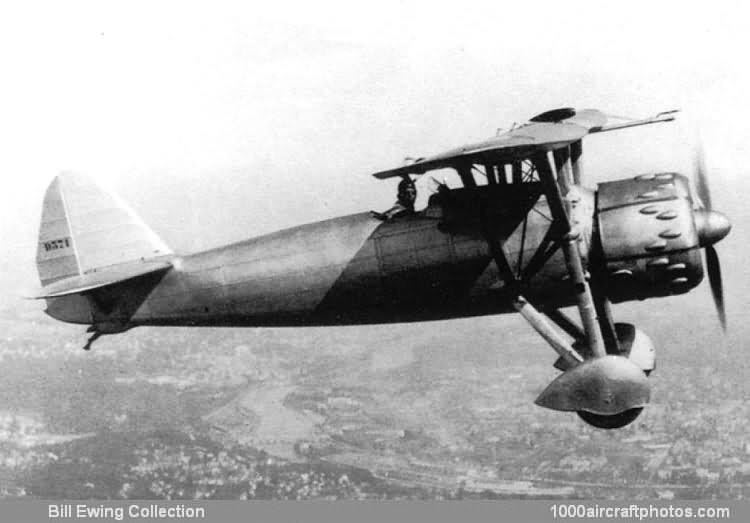
The D.371 was a single-seat aircraft of conventional configuration. Its fixed landing gear used a tailskid. The open cockpit was located slightly aft of the parasol wing. The radial engine allowed for a comparatively wide fuselage and cockpit.
The Spanish Civil War
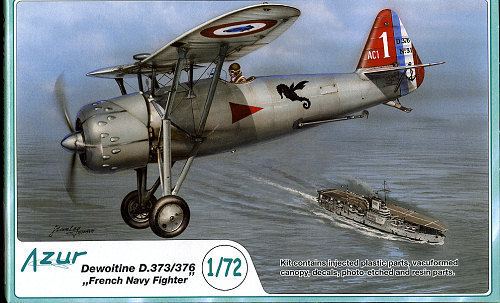
In spite of its superior speed, this design failed to impress and was even refused when exported to Lithuania in 1935. An important competitor of the Dewoitine 371 was the Polish PZL P.24, a similar type but with better speed and armament. In 1936, at the beginning of the Spanish Civil War, 12 or 14 of them were sold, unofficially, to the Spanish Republic as part of a squadron of volunteers organized secretly by André Malraux, named España. They were, however, unarmed due to the political stance of the French government that declared its neutrality very early.
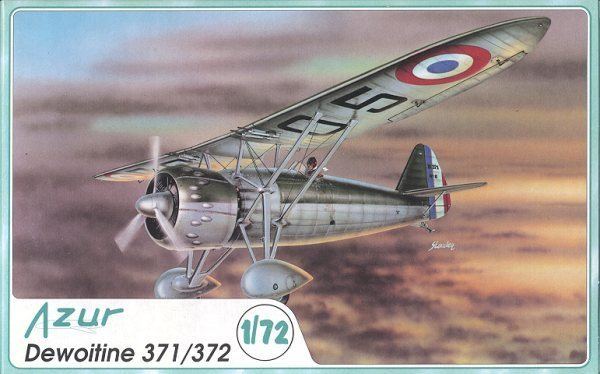
In August of the same year, after some negotiations with the French government, three fully armed D.371s arrived in Barcelona, piloted by the mercenary pilots M. Poulain, René Halotier and Henri Rozés. They saw action as escorts of a bombing raid against Talavera de la Reina, Toledo that destroyed the headquarters of General Juan Yagüé. These three D.371s had successfully defended their bombers against the attacks of six German Heinkel He 51 biplane fighters - an older-design aircraft with inferior performance.
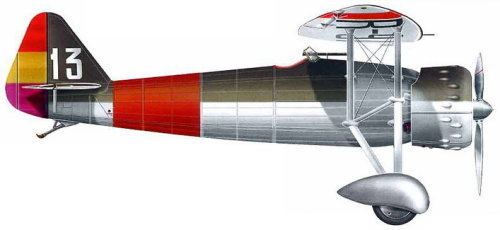
The Squadron España operated with these aircraft until the arrival of the modern Polikarpov I-15 and I-16, at which time the three Dewoitine 371s were withdrawn from the front and continued as training aircraft. However, they reappeared later in some squadrons and one is known to have flown with the 71 Fighter Group by the Yugoslav (Slovenian) volunteer pilot Josip Križaj. All Dewoitines left were practically destroyed after having been bombed by the Legion Condor aircraft in the airfield of Bañolas. This type was not used by the French in World War II.
Variants
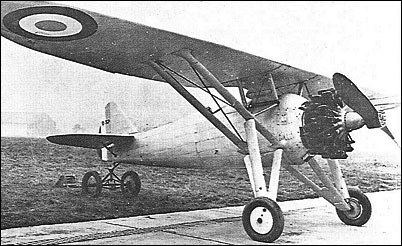
Operators
Specifications (371)
General characteristics
Performance
Armament
